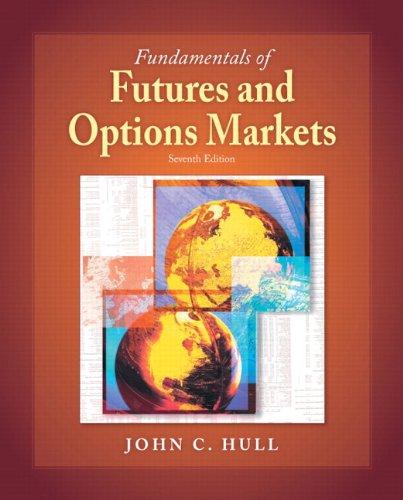Question
The company's financial year is the calender year. Certain costs (incl. wages, rents and taxes) of 202500 total are paid out in the middle of
The company's financial year is the calender year. Certain costs (incl. wages, rents and taxes) of 202500 total are paid out in the middle of each month.
The company's first financial year is, exceptionally, only six months of length (1.7.-31.12.). At the beginning of the first financial year, the company has taken out a loan of 7200000 total that has not been amortized. However, an interest of 5 % p.a. has been paid at the end of the financial year. The company has made an initial investment of 10800000 . Half of the investment has been paid during the previous financial year and the rest must be paid at the beginning of the second financial year. Nothing has been sold yet during the the first financial year.
The revenues of the second financial year are estimated according to shipped (billed) quantities of 30000 units at a unit price of 300 per unit. The variable costs consist of purchasing the materials and are expected to be 171 per unit. At the end of the second financial year, 3600000 of the debt must be amortized and an interest must be paid.
The company then specifies the plan for the second financial year. 28 % of the annual volumes are delivered during the first half of the year and 72 % during the second. Monthly volumes are constant during both phases and the customers are given one month for payments. The company purchases the materials for the second financial year in three equal instalments. The first batch has arrived at the end of December, but the bill is not due until at the end of January. The next batches arrive at the beginning of May and September. In order for the business to run smoothly during the next year as well, the company purchases an additional batch of materials for 7500 units towards the end of December (20.12). Each batch is payable in 14 days.
It is recommended to make a table of months having the monthly information of incoming and outgoing payments allocated to the three cash flows, changes in cash and equivalents and total cash and equivalents.
Calculate the cash flow from operating activities and the cash flow from investment activities of the first financial year.
Step by Step Solution
There are 3 Steps involved in it
Step: 1

Get Instant Access to Expert-Tailored Solutions
See step-by-step solutions with expert insights and AI powered tools for academic success
Step: 2

Step: 3

Ace Your Homework with AI
Get the answers you need in no time with our AI-driven, step-by-step assistance
Get Started


